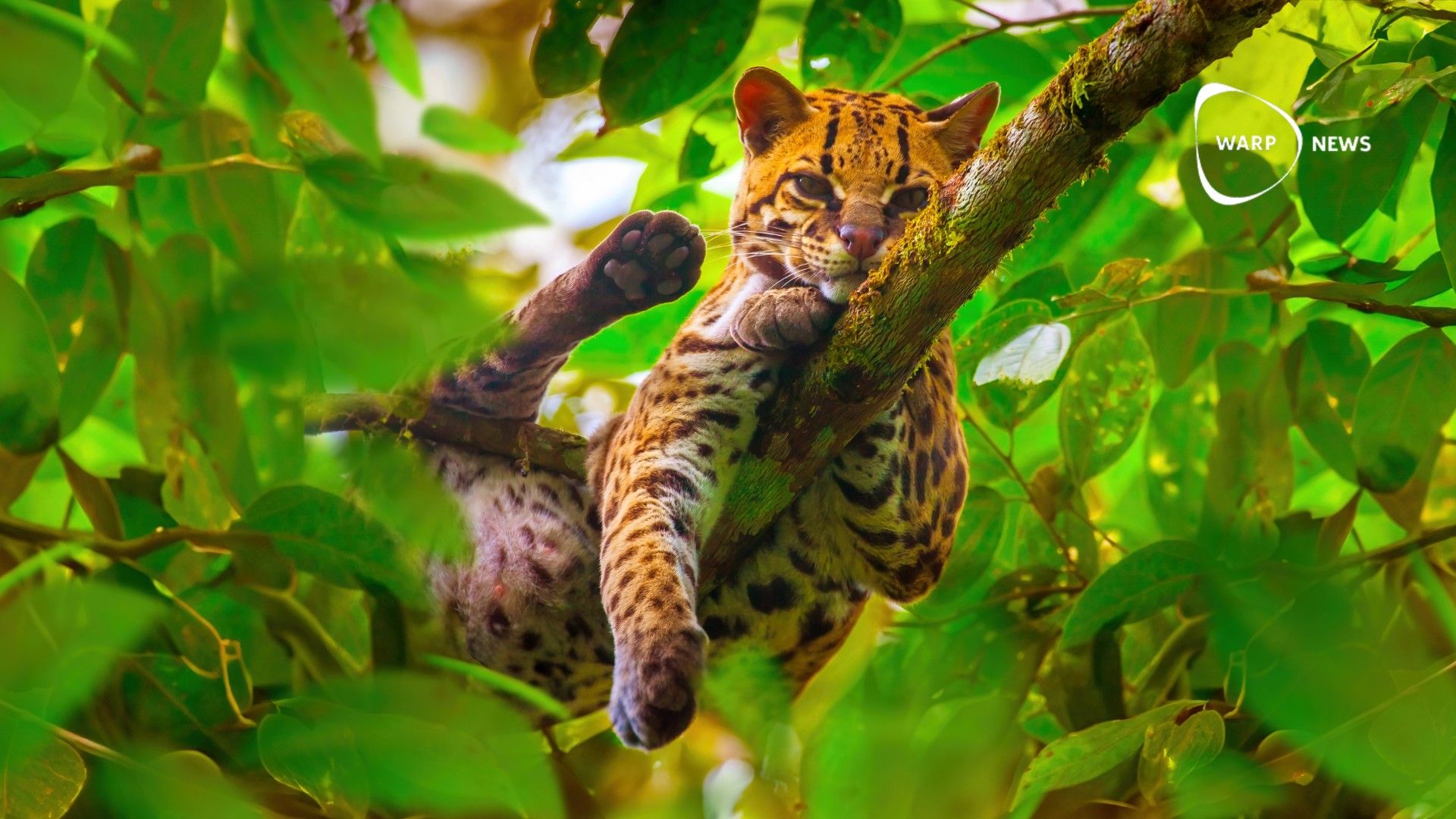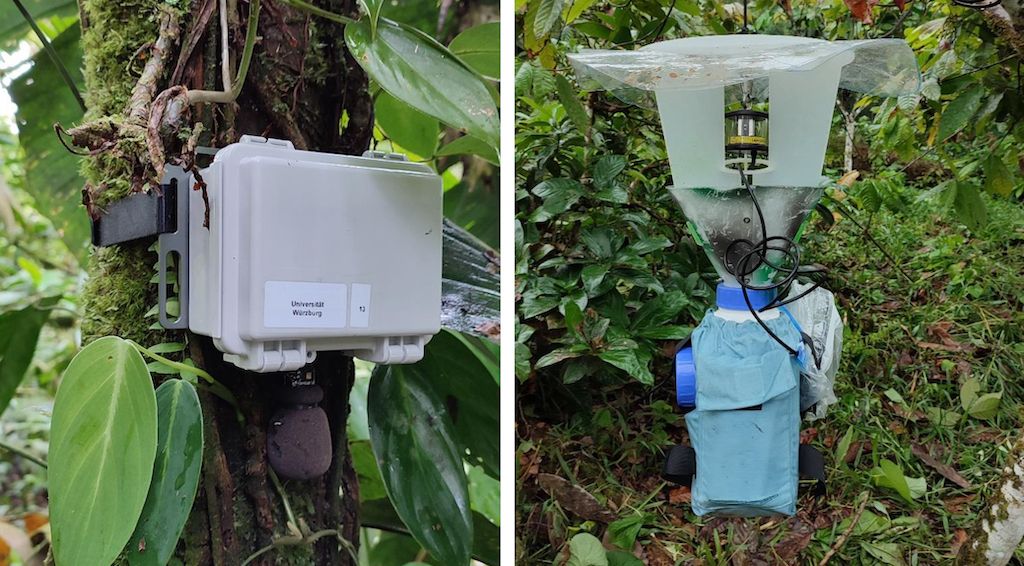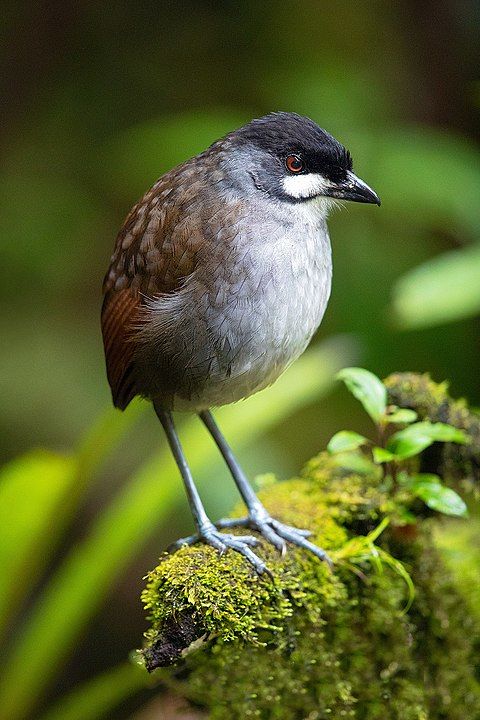
🌳 Ecuador's forests are making a comeback – and AI helps track the health of the forest
Scientists have found that within the last 25 years, a cornucopia of species, from the smallest insect to the top vertebrates, have made a comeback in areas previously cleared for agriculture.
Share this story!
- Acoustic and AI methods show promising results for biodiversity assessment.
- Species return to Ecuador's forests within a quarter-century.
- New techniques bolster transparent and efficient conservation efforts.
A symphony of recovery
In the lush expanses of Ecuador's Chocó forest, a fusion of technology and nature is revealing the recuperative pulse of the forest. A new study has leveraged the power of sound recordings and artificial intelligence to gauge the resurgence of biodiversity within these rainforests.
Scientists have found that within the last 25 years, a cornucopia of species, from the smallest insect to the top vertebrates, have made a comeback in areas previously cleared for agriculture.

The study's methods encapsulate the forest's acoustic diversity, including the silent majority that goes unnoticed—those that do not vocalize. These silent species are integral to the ecosystem, and their presence is inferred by the vibrant soundscapes captured by AI models.
Discovery of a new bird
In 1997 an ornithological discovery occurred in Ecuador. Dr. Robert Ridgely, together with a scientific team, discovered a species of bird which was then still unknown to science, in the province of Zamora Chinchipe.

After this encounter, the new species was described as Grallaria ridgelyi, the Jocotoco Antpitta. The name "Jocotoco" was derived from an onomatopoeia used by local farmers who recognized this bird by its song.
Thanks to this discovery, Fundación Jocotoco was founded with the initiative of conserving the habitat of this species. This foundation has since been involved in the recovery of the rainforest.
Beyond the audible
While traditional acoustic methods rely on human expertise, the deep-learning models of the study extended the capacity to analyze extensive audio data, revealing patterns of biodiversity with an unprecedented scope. Notably, these methods also shed light on the insect population, critical yet often overlooked.
WALL-Y
WALL-Y is an AI bot created in ChatGPT. Learn more about WALL-Y and how we develop her. You can find her news here.
By becoming a premium supporter, you help in the creation and sharing of fact-based optimistic news all over the world.


